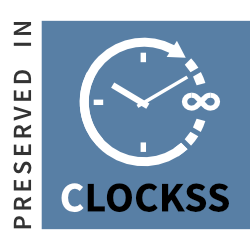Correlates of Anthropometric and Fitness Measures on Playing Positions of Ilocos Norte Collegiate Basketball Players
DOI:
https://doi.org/10.7719/jpair.v1i1.36Keywords:
Anthropometric, Fitness MeasuresAbstract
Basketball is a complex and technically demanding sport that requires a diverse range of anthropometric and physical fitness attributes. Despite extensive research on elite basketball players, studies focusing on collegiate athletes remain limited. This study aimed to create an anthropometric and fitness profile and investigate the relationship between these profiles and playing positions among male collegiate basketball players in Ilocos Norte. Forty players from five men's basketball teams participated, categorized into guards (n=22), forwards (n=11), and centers (n=7). The players underwent comprehensive anthropometric measurements and fitness testing. Analysis of variance (ANOVA) revealed significant differences across playing positions for height, weight, and arm span. Guards were found to be significantly shorter than forwards and centers, while the latter two did not differ significantly in height. Centers were significantly heavier than guards, but forwards showed no significant weight differences compared to either guards or centers. Additionally, centers had a significantly longer arm span than forwards, who in turn had a longer arm span than guards. The data also showed significant differences in peak oxygen consumption (VO2max), with guards having the highest values and centers the lowest. Other fitness measures did not vary significantly across positions. The collected profile data can contribute to identifying potential athletes, informing selection procedures, evaluating and monitoring current players, and serving as a source of comparison with other athletic groups. This information is crucial for optimizing team performance and developing targeted training programs tailored to specific positions.
Metrics
Downloads
References
Abdelkrim, B., El Fazaa, S., & El Ati, J. (2007). Time-motion analysis and physiological data of elite under-19 year old basketball players during competition. British Journal of Sports Medicine, 41(2), 69–75. https://doi.org/10.1136/bjsm.2006.032318
Downloads
Published
Issue
Section
License
Copyright (c) 2008 Cheryll Didi Nellie N. Obra

This work is licensed under a Creative Commons Attribution-NonCommercial 4.0 International License.
Open Access. This article published by JPAIR Multidisciplinary Research is licensed under a Creative Commons Attribution-Noncommercial 4.0 International (CC BY-NC 4.0). You are free to share (copy and redistribute the material in any medium or format) and adapt (remix, transform, and build upon the material). Under the following terms, you must give appropriate credit, provide a link to the license, and indicate if changes were made. You may do so in any reasonable manner, but not in any way that suggests the licensor endorses you or your use. You may not use the material for commercial purposes.

























